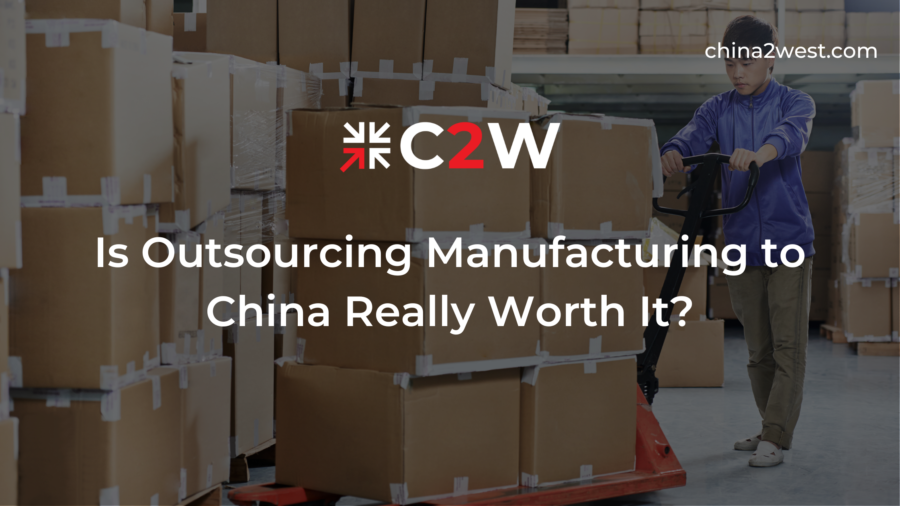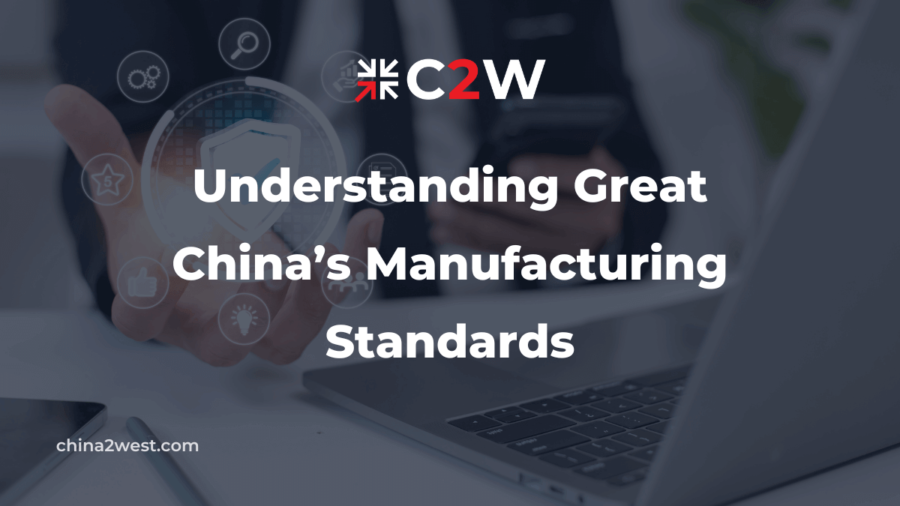Outsourcing manufacturing to China has long been a key strategy for businesses worldwide seeking to reduce costs and scale efficiently. However, with economic shifts, rising labor rates, and increased geopolitical tension, companies are rightly asking: Is outsourcing manufacturing to China still worth it in 2025?
The answer depends on the specifics of your supply chain goals, but for many, outsourcing manufacturing to China remains a competitive and viable choice. Here’s a deep dive into what businesses should know, what’s changed, and how to make outsourcing work for you in 2025.
Labor Costs: Still Competitive Despite Increases
While Chinese labor costs have risen significantly over the past decade, they remain affordable compared to North America or Western Europe. According to Statista, the average monthly manufacturing wage in China was $750 USD in 2024, compared to over $3,800 USD in the U.S. for similar roles.
Cities like Chengdu, Chongqing, and Zhengzhou still offer lower-cost labor options than coastal hubs like Shenzhen or Shanghai. For businesses focused on outsourcing manufacturing to China, labor costs are only one component of total cost. China’s workforce continues to offer high efficiency and output per hour, making it competitive even at slightly higher wage levels.
Negotiable MOQs and Scalable Production
One key benefit when you outsource manufacturing to China is the flexibility in minimum order quantities (MOQs). Especially for startups or mid-sized companies, Chinese manufacturers are often willing to accept smaller batches for pilot runs or market tests.
These low MOQs, when negotiated properly, allow companies to enter the market without committing to large inventory levels. Over time, orders can scale, and Chinese partners are often equipped to grow with your demand.
Faster Lead Times Compared to Other Regions
Despite global disruptions, China’s supply chain infrastructure remains robust. From component availability to global shipping lanes, the ecosystem is built for rapid production. Many factories now offer 15- to 30-day lead times, which outpaces suppliers in many Southeast Asian alternatives where infrastructure is still developing.
Businesses that outsource manufacturing to China often report shorter order-to-shipment cycles, especially when working with Tier 1 suppliers or those with experience exporting globally.
Strong Quality Control and Technical Capabilities
Contrary to past perceptions, quality in Chinese manufacturing has improved significantly. Many suppliers adhere to international certifications such as ISO 9001, ISO 14001, and IATF 16949 (for automotive). The availability of advanced equipment like CNC machines, injection molding, and SMT lines supports high-precision production.
When outsourcing manufacturing to China, businesses benefit from manufacturers who invest in quality management systems, in-line inspection protocols, and client-specific documentation.
Flexibility and Customization
From OEM to ODM, Chinese suppliers offer flexible solutions. If you need custom tooling, product modifications, or packaging changes, the response time and cost efficiency in China are unmatched.
For example, a Shenzhen-based ODM might develop an entire Bluetooth-enabled device—from PCB design to retail packaging—in under 90 days. This level of vertical integration is harder to replicate in other regions at scale.
A Mature Manufacturing Ecosystem
One of China’s greatest advantages is its complete, self-sustaining supply chain. Most components, from screws to sensors to packaging materials, are available domestically. This results in:
- Reduced import dependency
- Faster prototyping and iteration
- Less exposure to external supply shocks
Countries like India or Vietnam may offer competitive labor but still rely on imports for electronic components or specialty plastics.
Is It Really Cheaper?
While unit prices have risen, China still often delivers a lower total landed cost. This includes:
- Lower defect rates
- Fewer communication breakdowns
- Reduced downtime from late components
In 2025, data from UNCTAD and the World Bank show that China remains in the top three most cost-effective countries for high-volume manufacturing. However, these benefits only materialize when working with experienced, vetted suppliers.
Common Risks: What to Watch Out For
Outsourcing manufacturing to China isn’t without its risks. Key challenges include:
- Intellectual property leakage
- Tariff changes and trade policy uncertainty
- Cultural and communication misalignment
The solution? Work with sourcing and quality partners like C2W, who offer on-the-ground representation, bilingual staff, and legally binding agreements.
Why choose C2W to Outsource Manufacturing to China?
With over 19 years of experience in manufacturing, sourcing, and quality control across China, C2W acts as your local team on the ground. From factory audits to contract negotiation to real-time inspections, C2W ensures that outsourcing manufacturing to China is not only cost-effective but also reliable and secure.
We specialize in:
- Turnkey OEM & ODM manufacturing
- Quality assurance and product inspections
- IP-safe manufacturing solutions
- Factory onboarding and compliance
Final Thoughts
In 2025, outsourcing manufacturing to China continues to offer strategic advantages for brands looking to scale, reduce costs, and maintain quality. While global dynamics are shifting, China’s manufacturing maturity, infrastructure, and skilled workforce make it hard to beat—especially with the right partner in place.
Looking to outsource manufacturing to China with confidence? Reach out to C2W and let us help you reduce risks, cut costs, and get to market faster.


